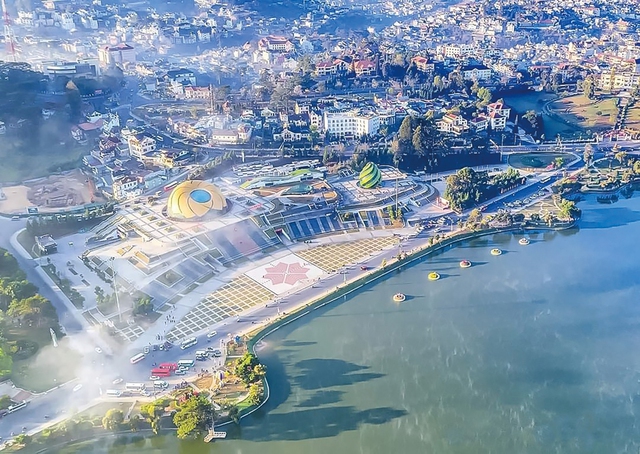
Photo caption: Da Lat city with 130 years of history of formation and development
From wild plateau to famous tourist city
Dalat was recorded to have been formed in 1893 when Dr. Alexandre Yersin set foot on Lam Vien plateau (June 21, 1893), and thanks to that, he had a very convincing opinion when Paul Doumer - Governor General of Indochina asked to find a highland location to build a resort. Since then, Dalat has gradually been formed as the "summer capital" of Indochina and today Dalat has become a very familiar place to all Vietnamese people and international tourists.
According to the Da Lat Gazetteer, since ancient times, Da Lat and the entire Lam Vien plateau have been the residence of the Lach, Chil, and Sre people of the K'Ho ethnic group. Shortly after Dr. Yersin discovered this plateau, the population of Da Lat increased to 1,500 people in 1923, then increased to 2,400 people in 1925, to 11,500 people in 1939... and currently about 250,000 people. After 130 years, from a wild land, going through many stages of development with many ups and downs, Da Lat is now a famous tourist city, a Flower Festival city and is in the process of building a smart city, a heritage city, participating in the UNESCO Creative Cities network in the field of Music, becoming a regional center of culture, arts, sports and entertainment. Da Lat is recognized as "ASEAN Clean Tourist City" for the period 2022-2024; and Lifestyle Asia magazine proposed Da Lat as one of the 12 most romantic destinations in Asia in 2022.
Mr. Dang Quang Tu, Chairman of the People's Committee of Da Lat City, said that in 2022, the total number of visitors to Da Lat for sightseeing and relaxation will reach 6 million (an increase of 205% compared to 2021); of which international visitors are estimated to reach 135,000. Da Lat City currently has 2,437 tourist accommodation establishments, with 31,152 rooms (an increase of 194 establishments compared to 2021). Of which, there are 367 1-5 star hotels with 10,752 rooms. In addition, there are over 1,014 restaurant and food establishments, ready to meet the needs of tourists.
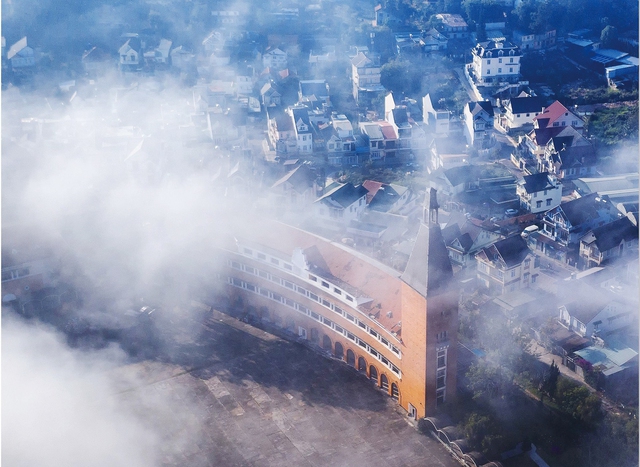
Promoting the Dalat people's style "Gentle - Elegant - Hospitable"
Da Lat City leaders believe that in addition to the year-round cool climate, poetic landscape, and unique architecture, the Da Lat people's style of "Gentle - Elegant - Hospitable" is also a valuable "asset" for tourism development.
Through the upheavals of history, there were streams of immigrants from all regions coming to Da Lat, from which the typical character of the people of the mountain town was formed: "Gentle - Elegant - Hospitable". It can be understood as the distillation and "synthesis" of the honesty and innocence of the indigenous people with the delicacy and respect for etiquette of the Northern people; the thoughtful, quiet and careful look of the Thua Thien-Hue people; the diligence and steadfastness of the Quang Nam and Quang Ngai people; the kindness and generosity of the Southern people; the skillful communication of the Chinese people and the progressive and unstubborn spirit of the French people.
Mr. Le Anh Kiet, Head of the Department of Culture and Information of Da Lat City, said that preserving and promoting the style of Da Lat people has been comprehensively directed by the City Party Committee, People's Council, and People's Committee of Da Lat City in recent years, thereby creating a spread of the content of the Code of Conduct for Da Lat people's culture to local people and tourists in the area in recent times. Specifically, since April 2022, the city has issued the Code of Conduct for Da Lat people's culture for 9 groups of subjects, of which 6 groups are directly related to tourism activities.
It is easy to see the positive changes in preserving and promoting the Dalat people's style of "Gentle - Elegant - Hospitable" of Dalat's small traders, when they are aware of good commercial civilization, upholding trust and integrity in business, and behaving politely with customers.
By 2030, Da Lat strives for tourism to truly become a spearhead economy with high proportion, quality and professionalism, and a safe, civilized and friendly destination.
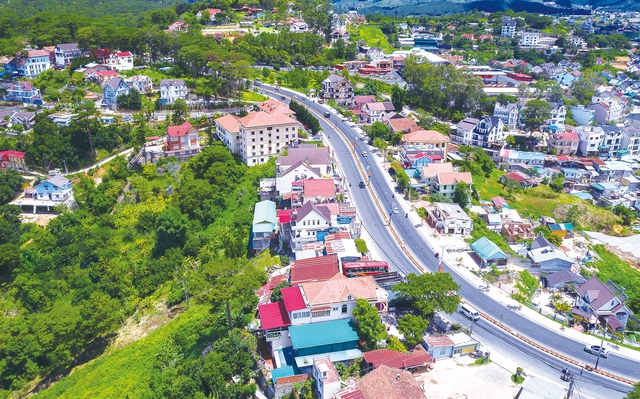
Dalat in the future
The project "General planning of Da Lat city to 2030 and vision to 2050" was approved by the Prime Minister (Decision 704/QD-TTG dated May 12, 2014), Da Lat will become a modern, international-class urban area with unique climate, natural landscape, cultural history and architectural heritage of national, regional and international significance.
Specifically, in the 2021-2025 period, complete the construction of a city with comprehensive and sustainable development towards modern civilization; with a high average income. In the 2025-2030 period, build a green growth city, a heritage city; with synchronous, modern, smart infrastructure adapting to climate change; a developed tourism and service city, with an income level approaching the high income threshold. By 2045, develop Da Lat into a modern tourism and service city; with modern, reasonable, smart infrastructure associated with the digital economy, digital society and with a high income level.
Recently, the Standing Committee of Lam Dong Provincial Party Committee agreed on the plan to merge Lac Duong District into the administrative unit of Da Lat City in the period of 2026 - 2030. This plan is consistent with the decision approving the task of adjusting the overall master plan of Da Lat City and surrounding areas until 2045 approved by the Prime Minister (expanding Da Lat urban area towards Lac Duong, Cau Dat and surrounding areas within a radius of 30 km with an elevation of 850 m or more).
Lam Dong Provincial People's Committee also assigned Da Lat City to coordinate with the Department of Culture, Sports and Tourism and related departments, branches, agencies and units to research, develop projects, complete documents and procedures to propose recognizing Da Lat as a heritage city. A heritage city is understood as a unique historical entity, a product of urban civilization, organically combining material and spiritual elements, architecture and culture, in harmony with nature.
Source link



![[Photo] Closing ceremony of the 18th Congress of Hanoi Party Committee](https://vphoto.vietnam.vn/thumb/1200x675/vietnam/resource/IMAGE/2025/10/17/1760704850107_ndo_br_1-jpg.webp)
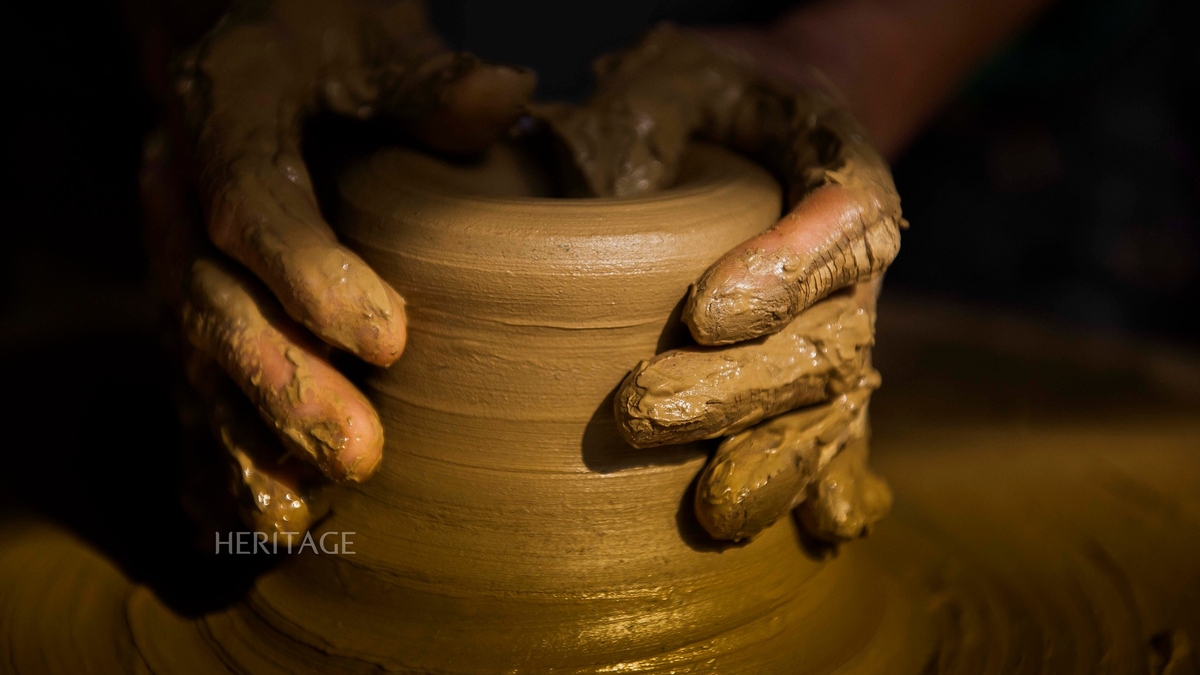

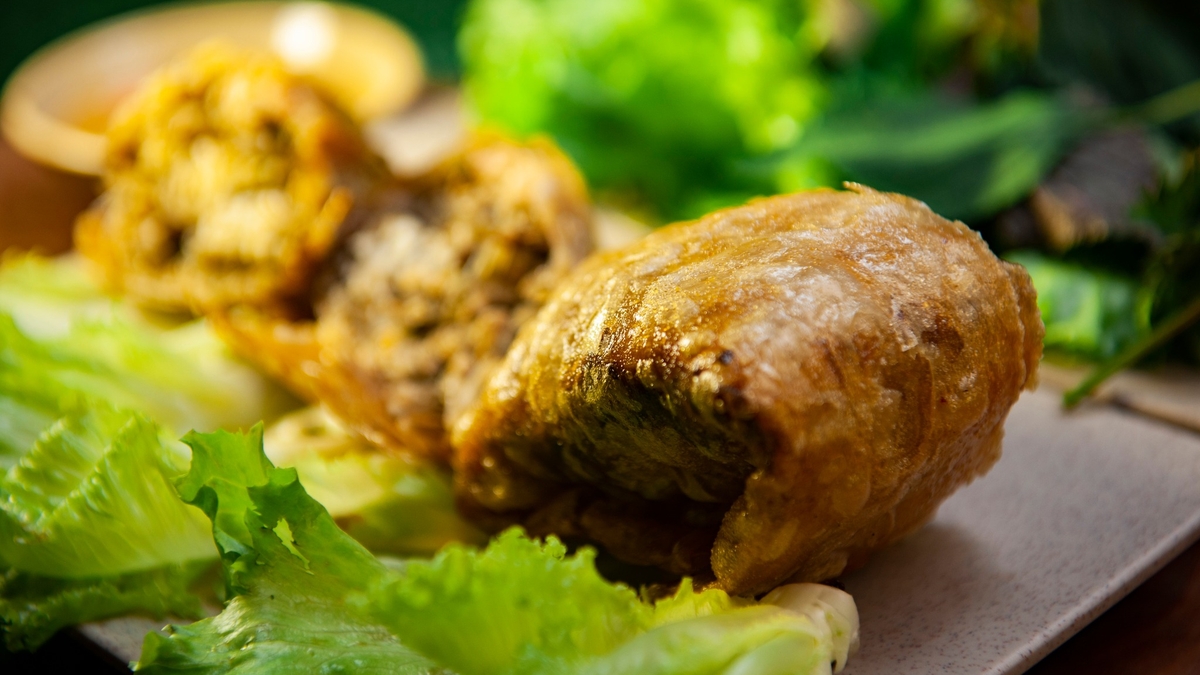
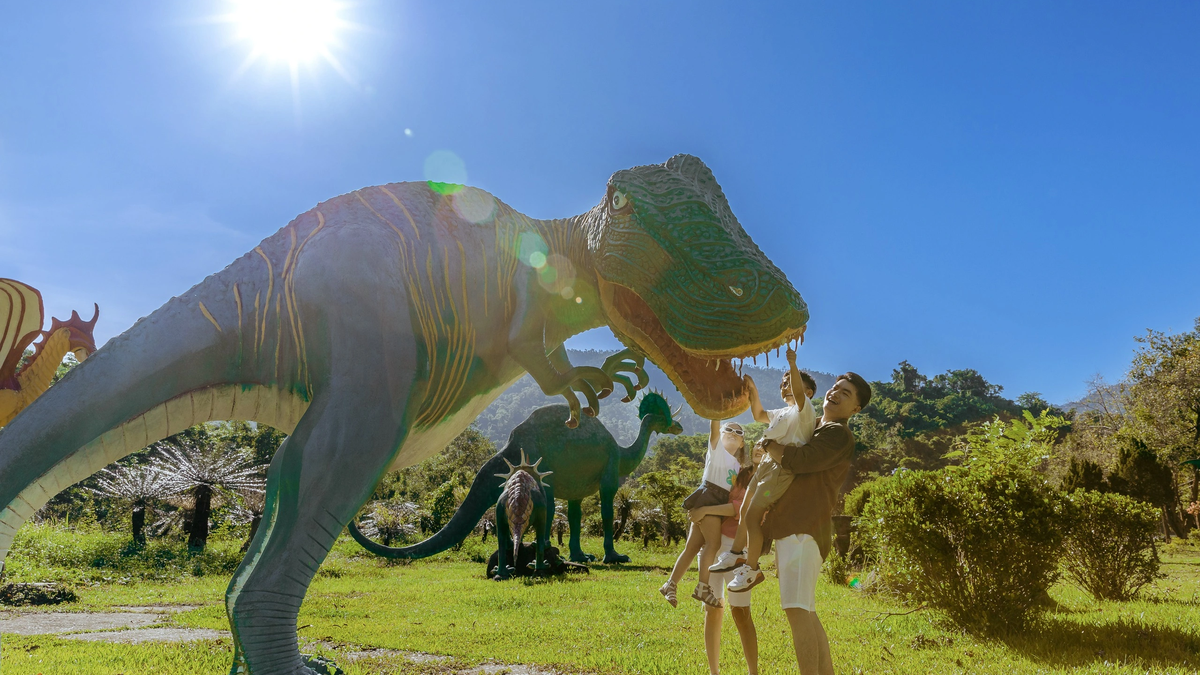



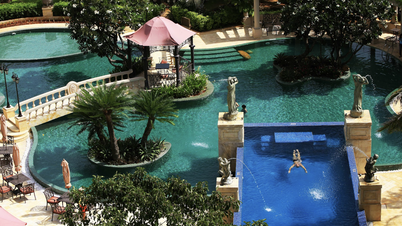


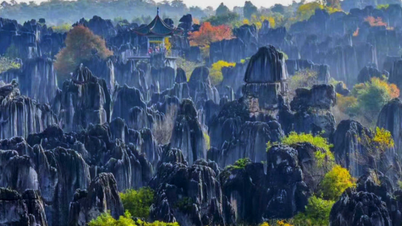
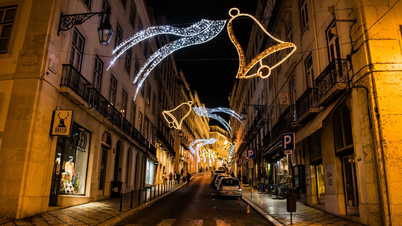








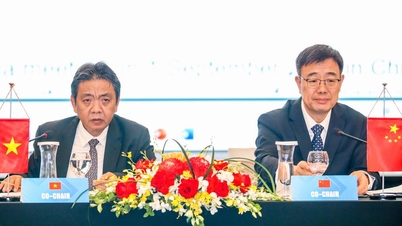
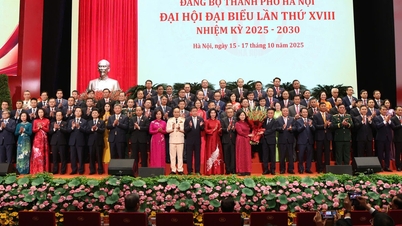
![[Photo] Nhan Dan Newspaper launches “Fatherland in the Heart: The Concert Film”](https://vphoto.vietnam.vn/thumb/1200x675/vietnam/resource/IMAGE/2025/10/16/1760622132545_thiet-ke-chua-co-ten-36-png.webp)
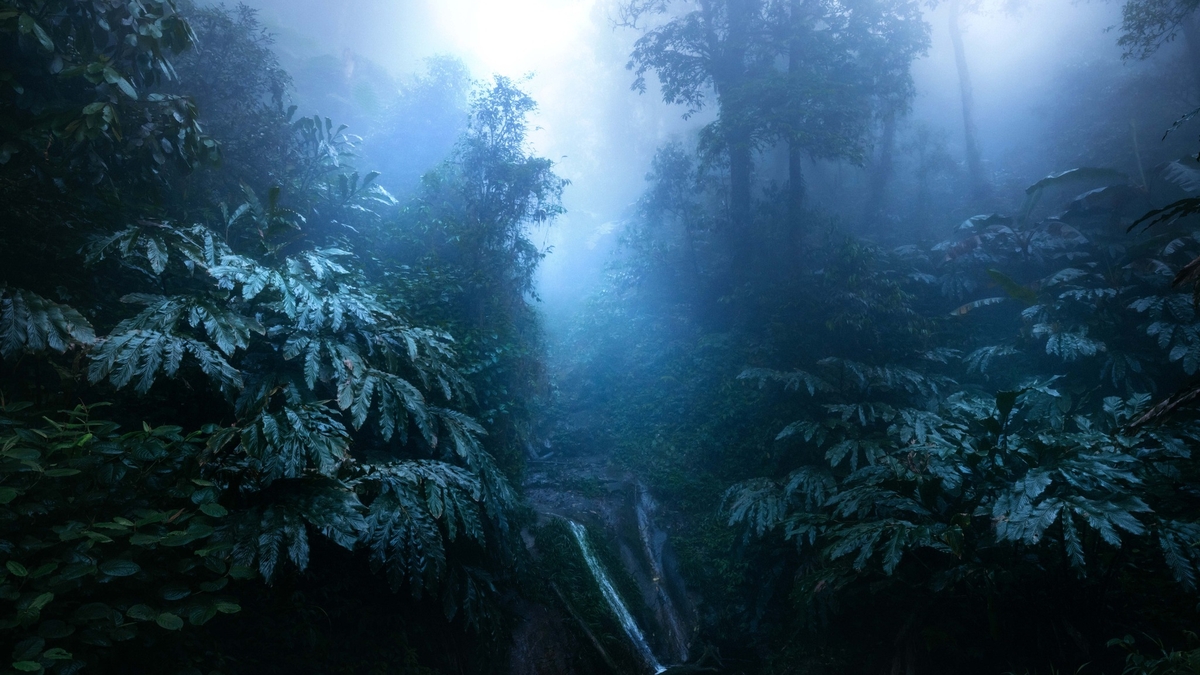
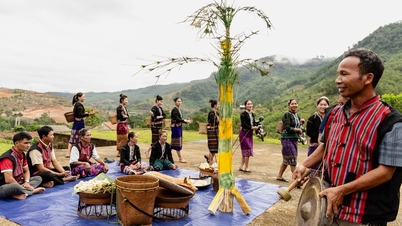

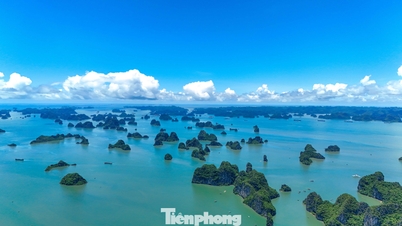

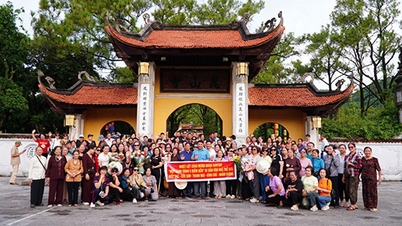









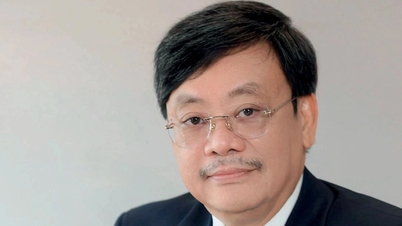





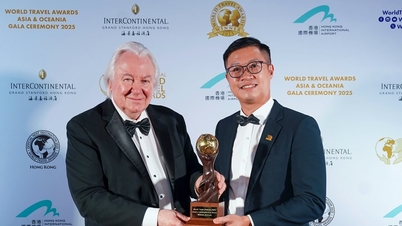

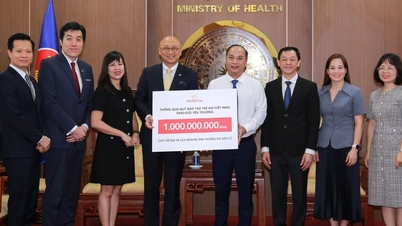
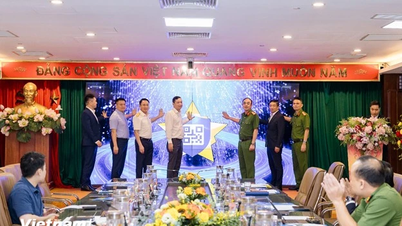
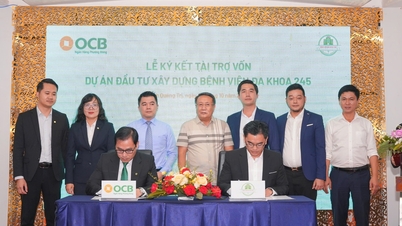


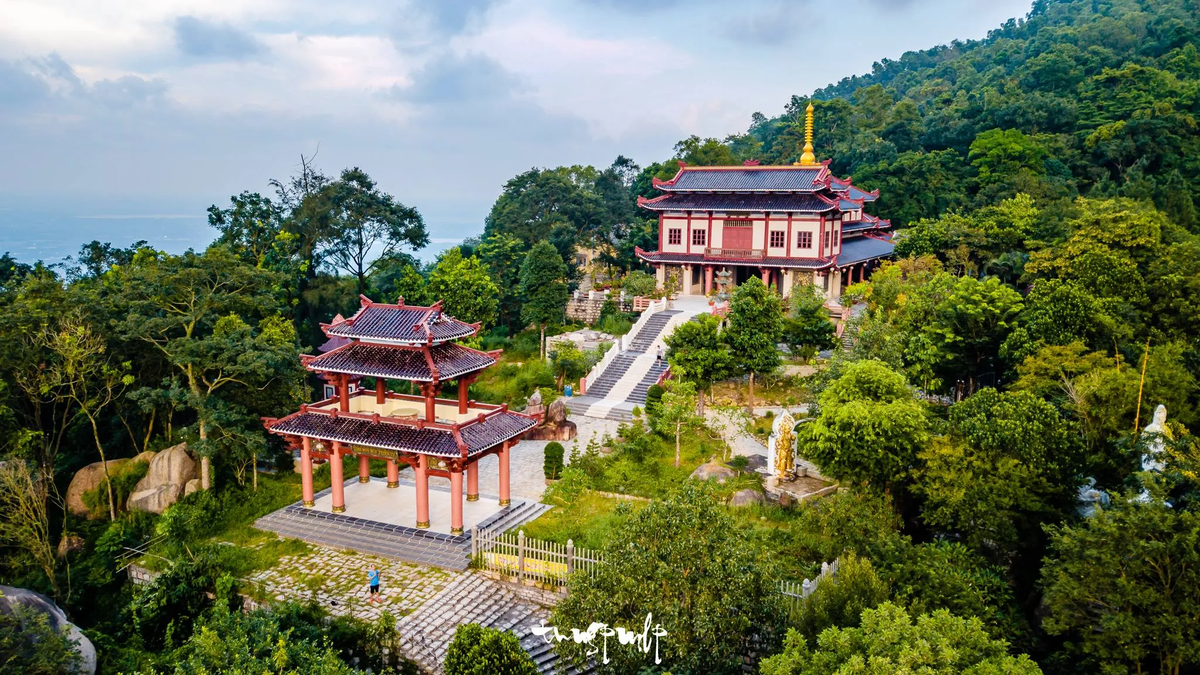
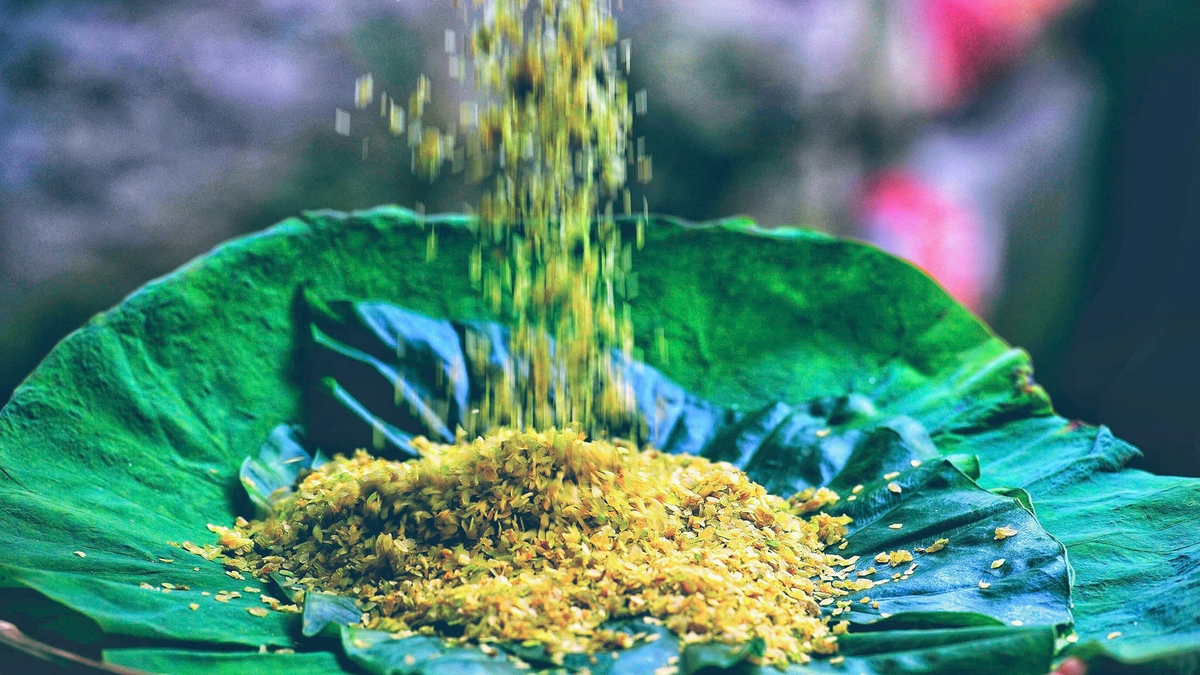
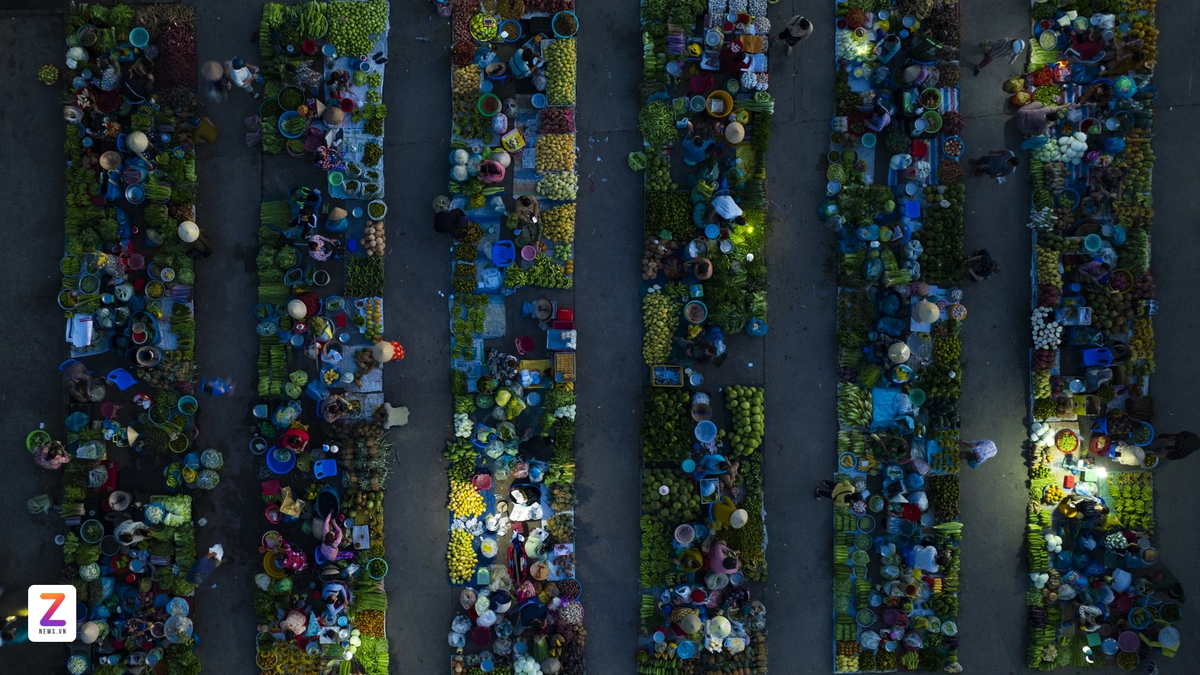







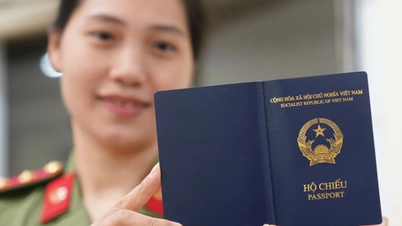
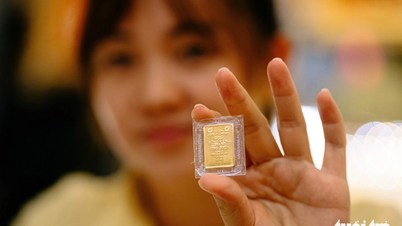
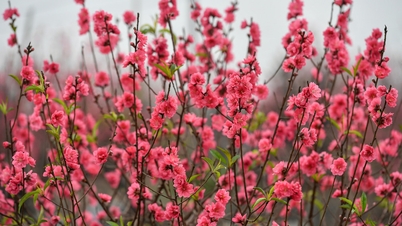

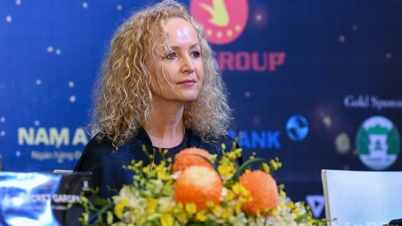
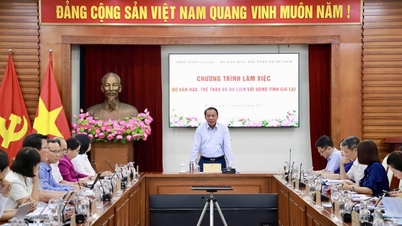

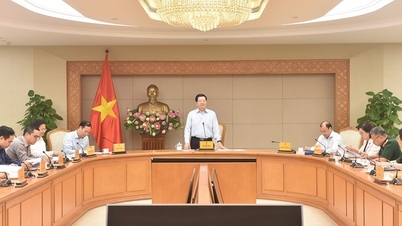
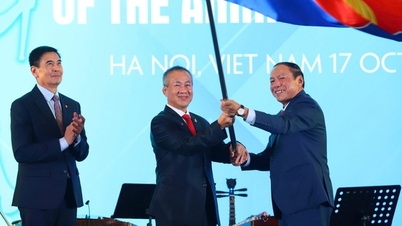
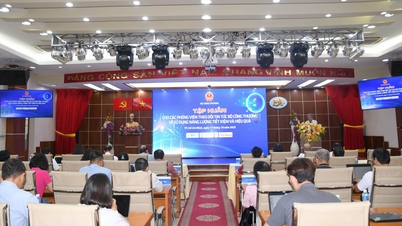

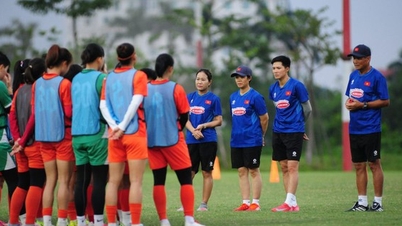

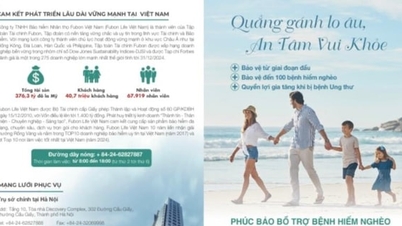

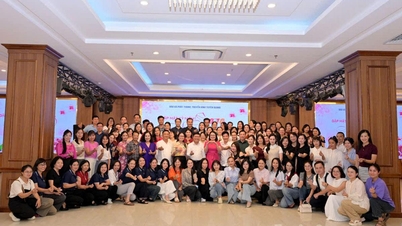

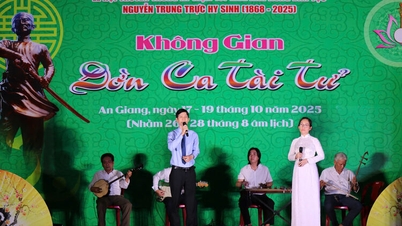

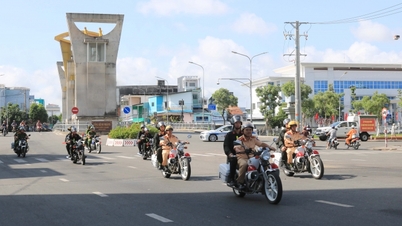

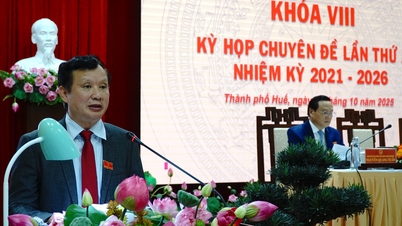

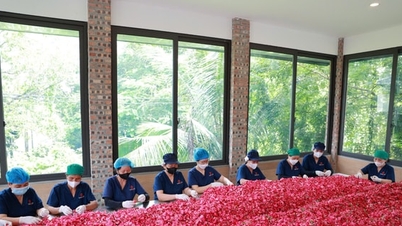
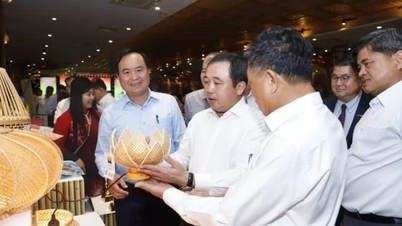

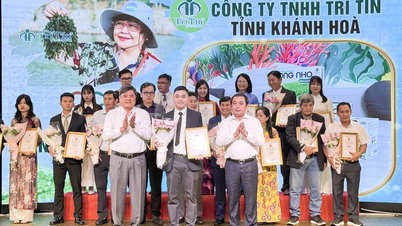

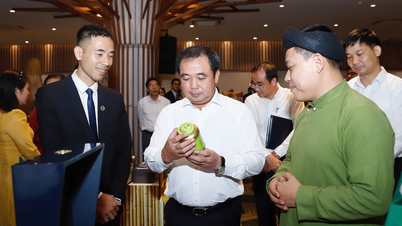
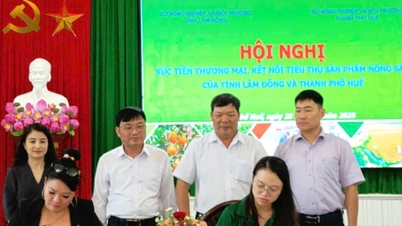

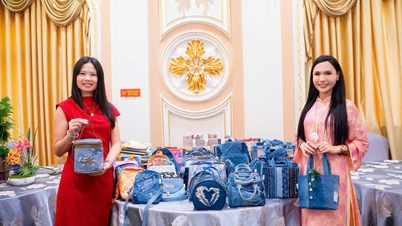


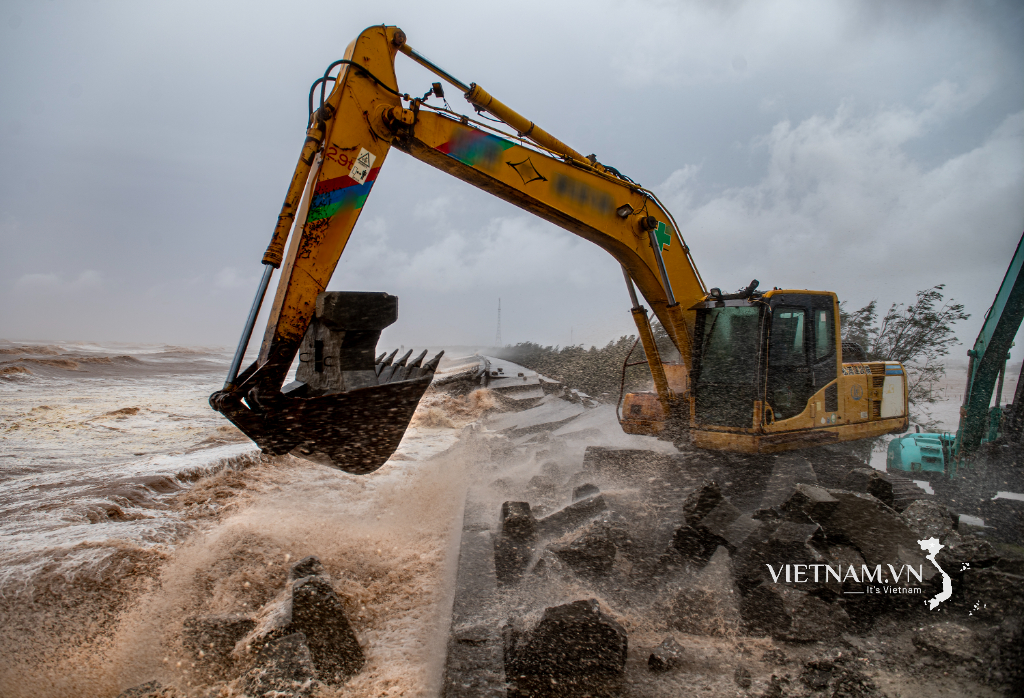



Comment (0)